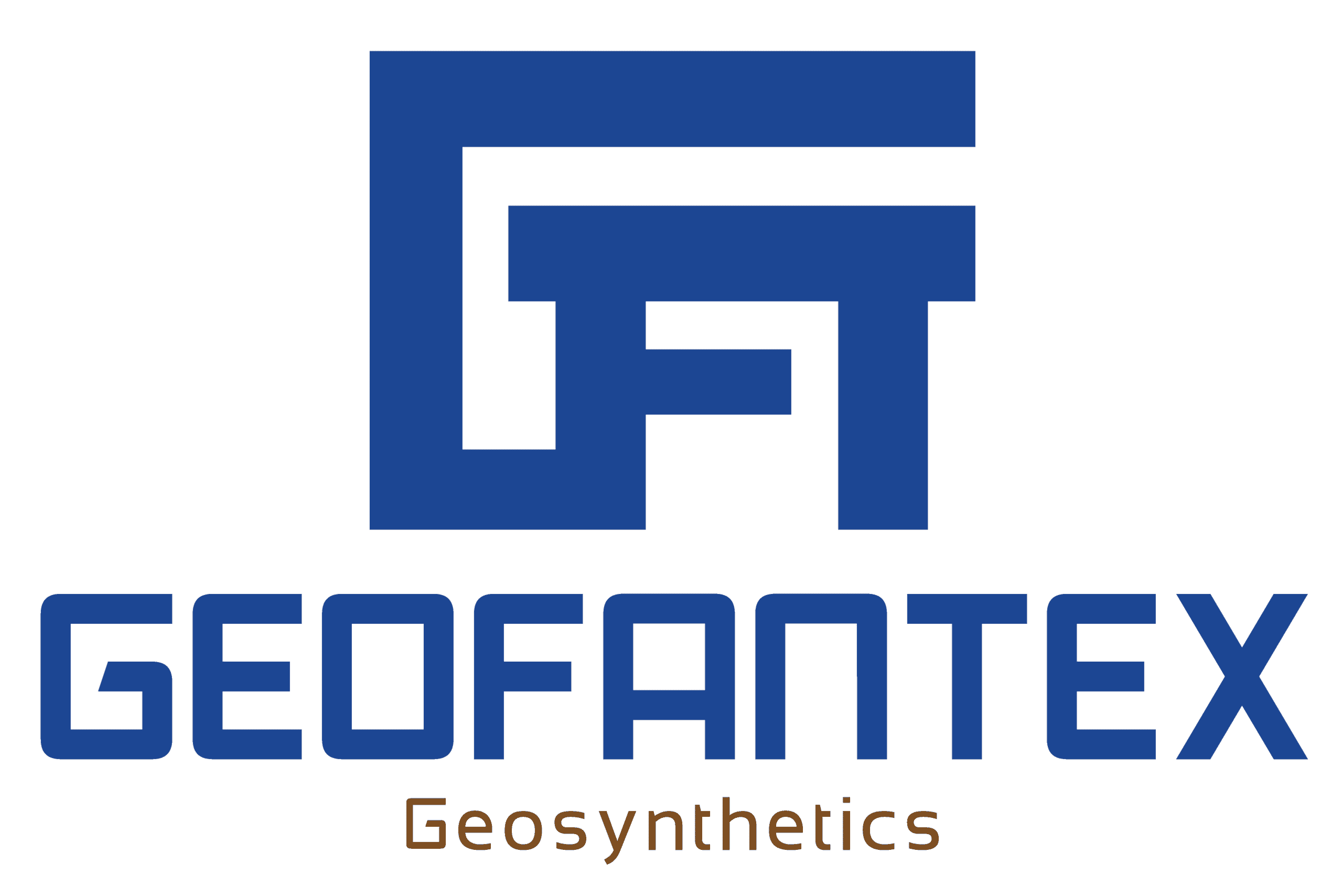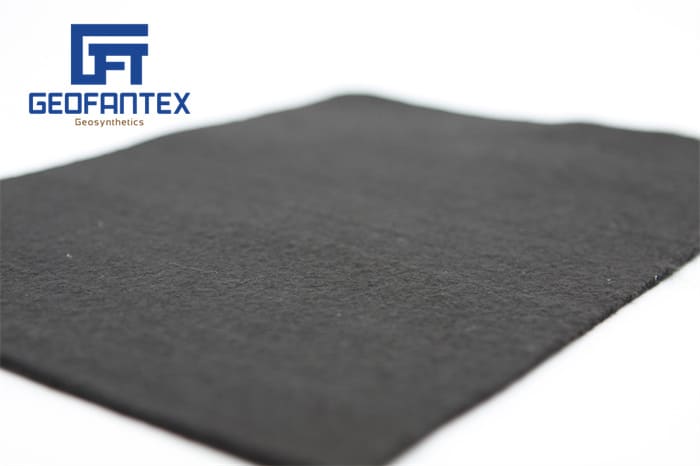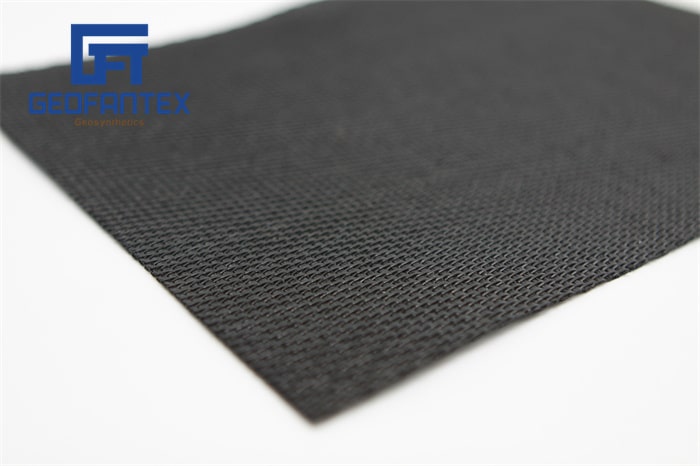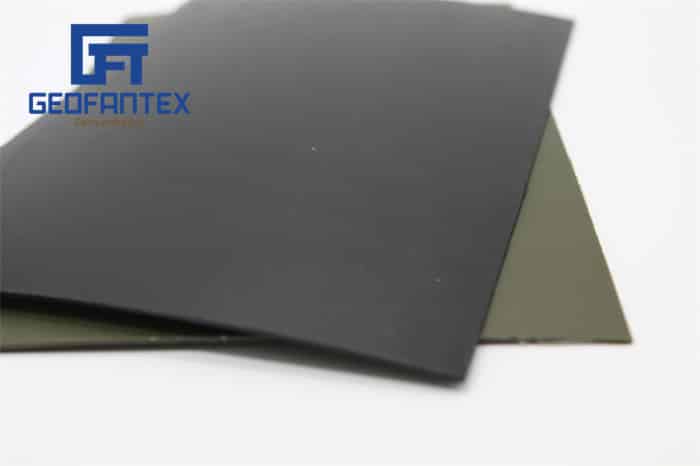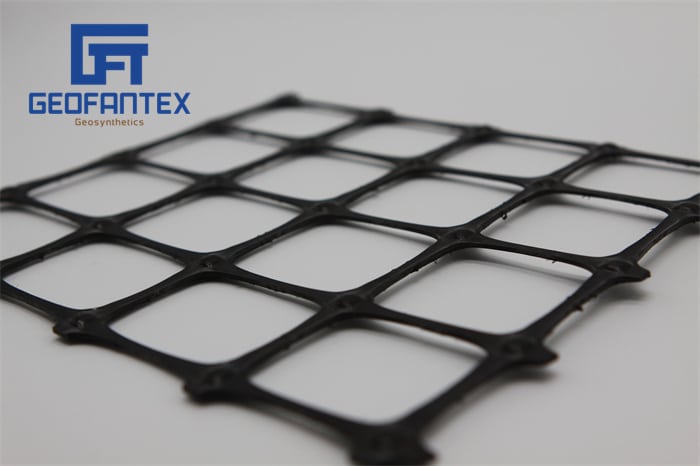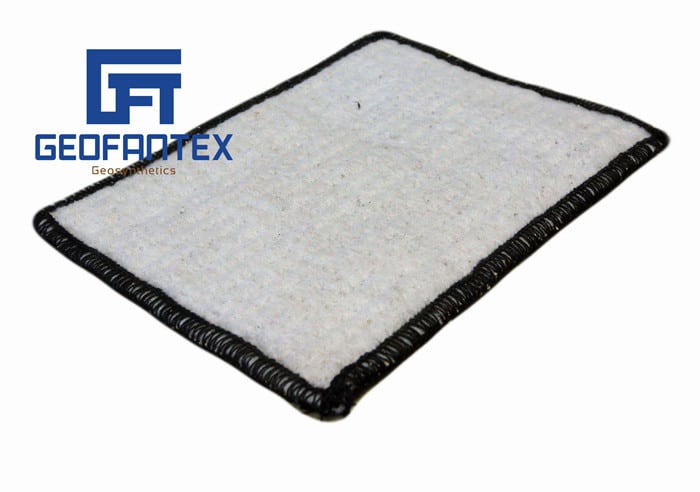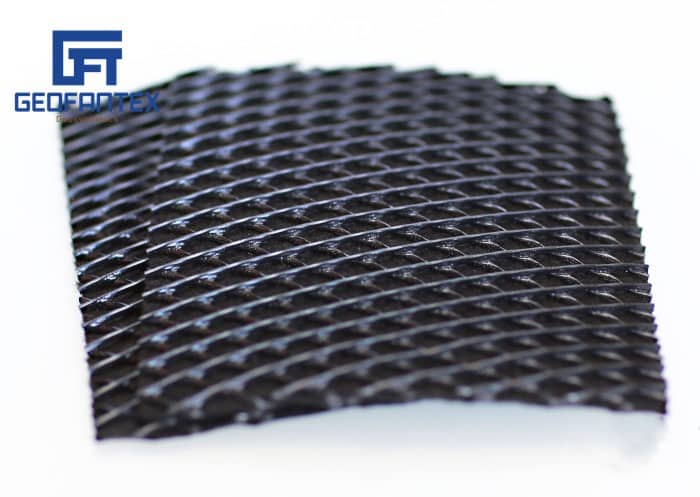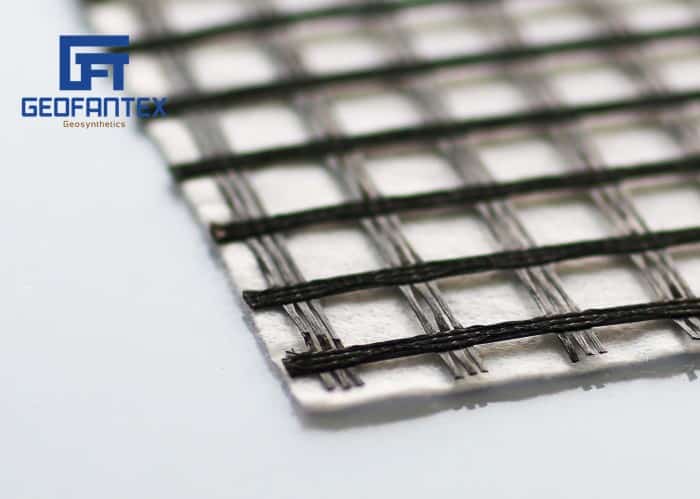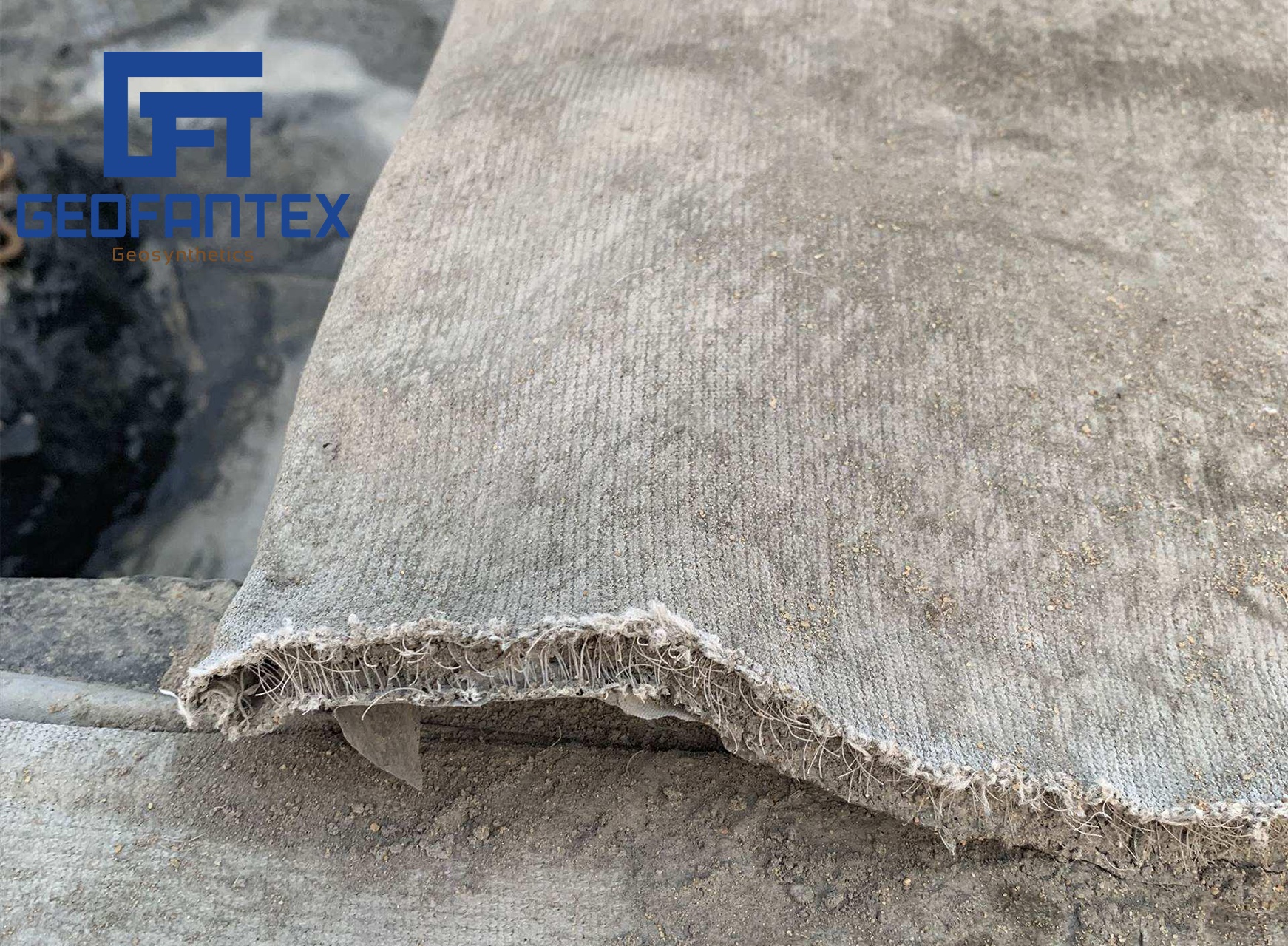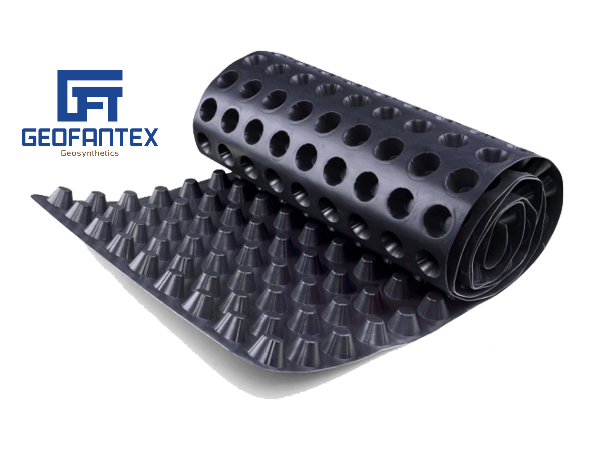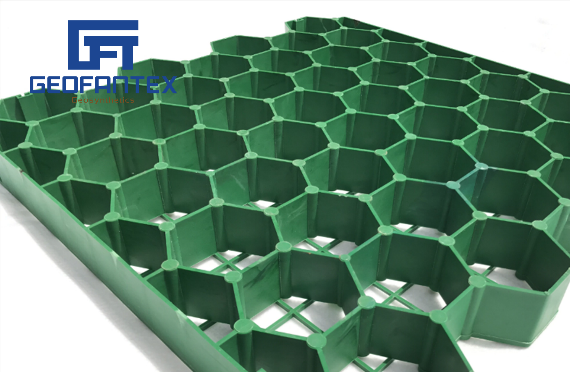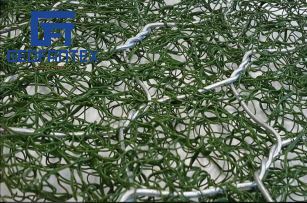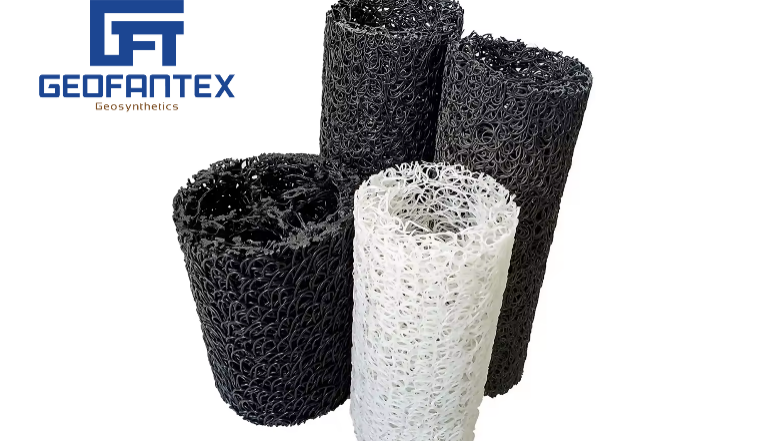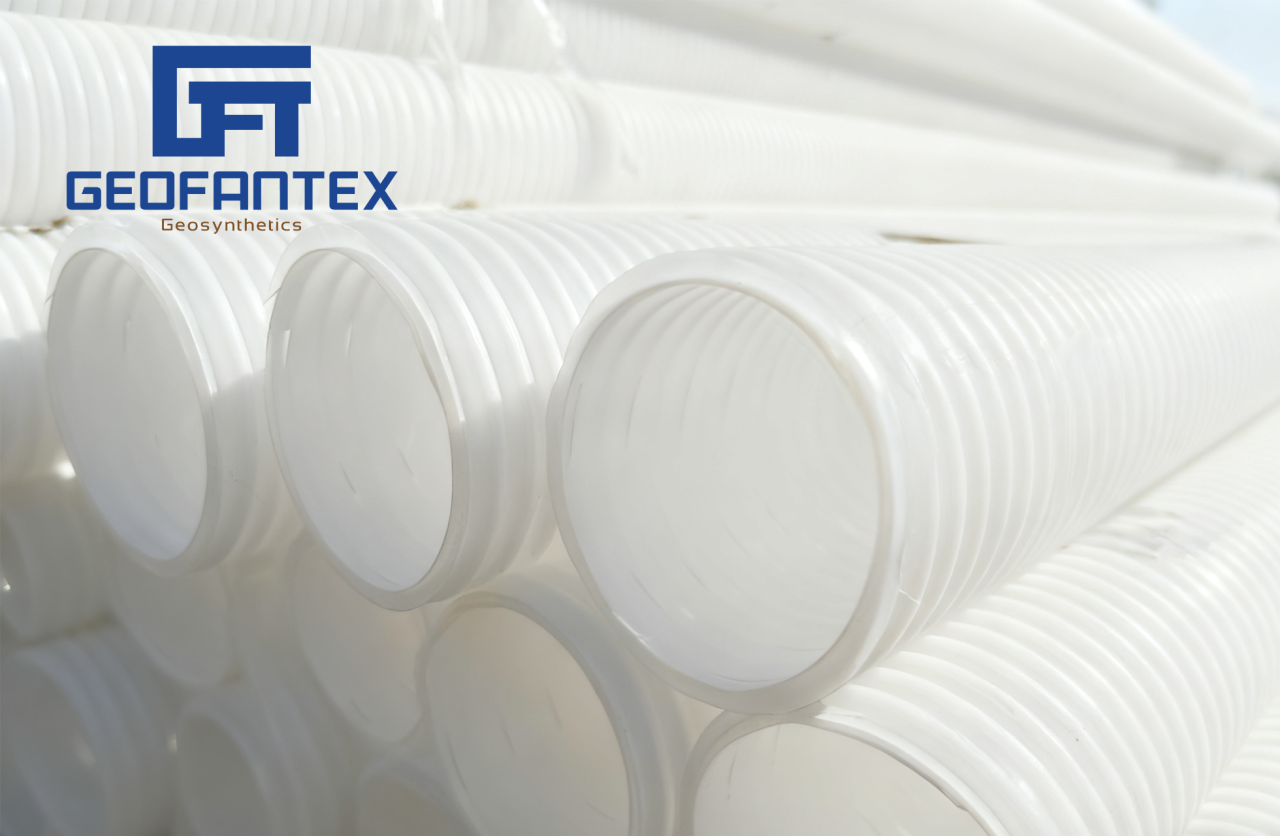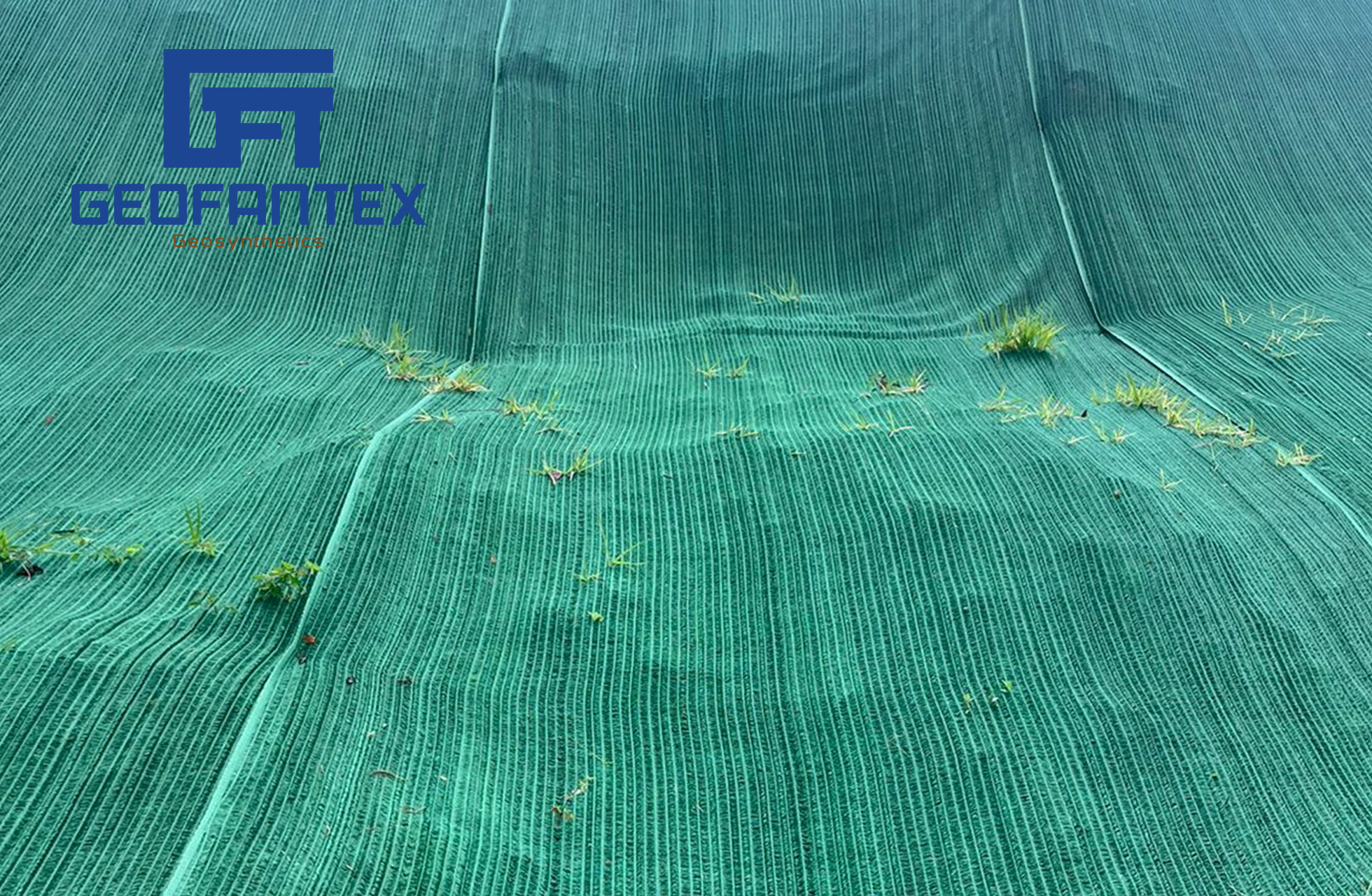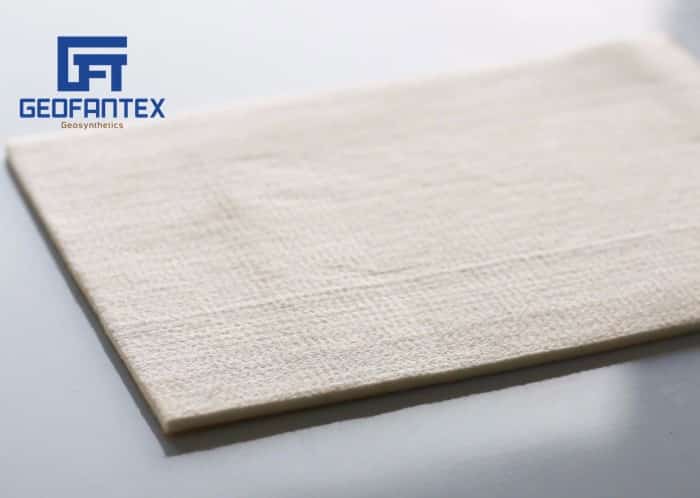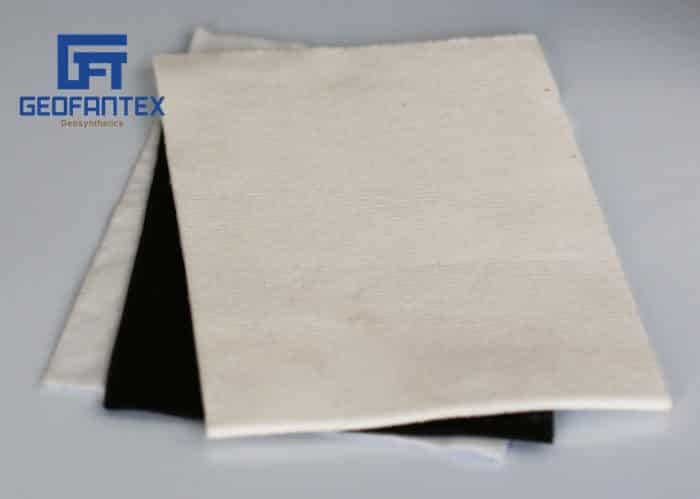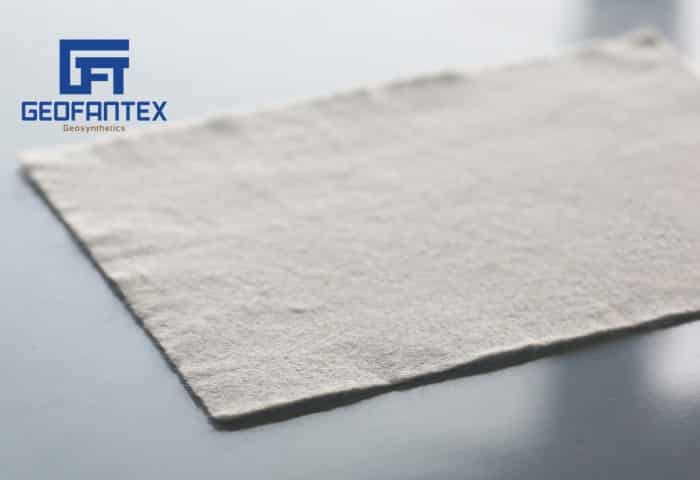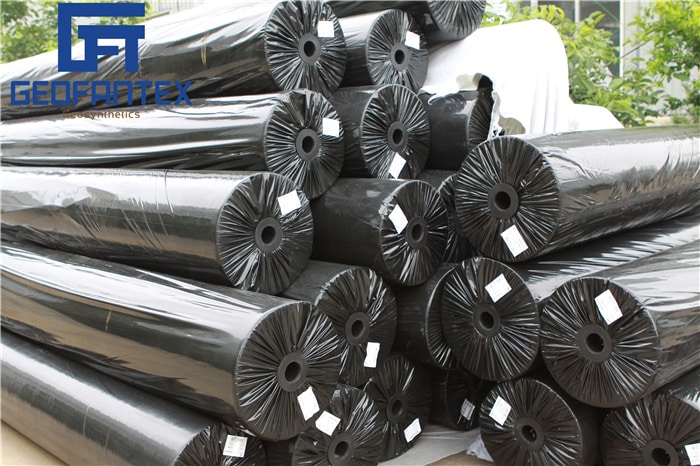+86-159 9860 6917
info@geofantex.com
geofantex@gmail.com
+86-400-8266163-44899
Geotextile fabric help successfully filter runoff, control erosion, and stabilize slopes in your area. Made in both synthetic and biodegradable options, these fabrics are able to control sediment in your location and prevent further erosion. Erosion Control Fabrics featured here have been used in a wide range of applications including slope stabilization, sediment containment, runoff filtration, home protection, and vegetative regrowth.
What is the best fabric for erosion control?
Sure! Here’s the explanation in one paragraph with bullet points in English:
The best fabric for erosion control depends on the site conditions and project goals. Common options include:
- Coir (coconut fiber) mat, which is biodegradable, supports plant growth, and is ideal for slopes or streambanks,
- Woven geotextile fabric, known for high strength and durability, making it suitable for heavy-load areas like roads and embankments,
- Non-woven geotextile fabric, which allows water to pass through while preventing soil loss, perfect for drainage and moderate erosion control, and
- Straw or jute mats, natural and affordable materials used for temporary erosion protection on gentle slopes or new plantings.
Each fabric type serves a specific purpose, so the best choice depends on how long it needs to last and whether vegetation will be established.
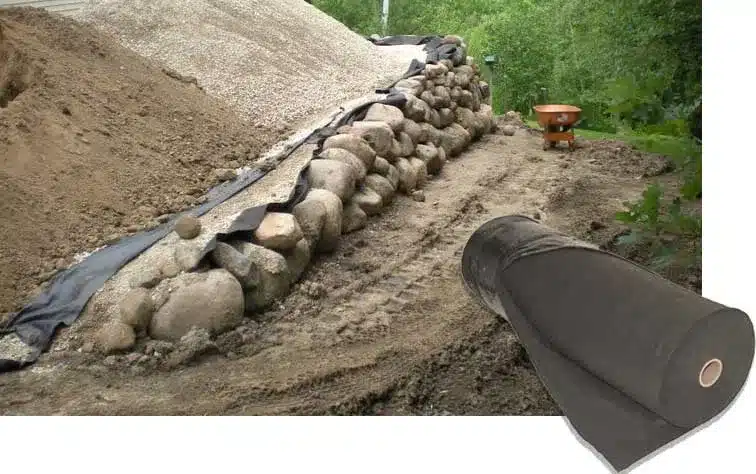
What Is the Best Fabric for Erosion Control?
- Coir (coconut fiber) mats: Biodegradable, support plant growth, ideal for slopes or streambanks.
- Woven geotextile fabric: High strength and durability, suitable for heavy-load areas like roads and embankments.
- Non-woven geotextile fabric: Allows water to pass while preventing soil loss, perfect for drainage and moderate erosion control.
- Straw or jute mats: Natural, affordable, and used for temporary protection on gentle slopes or new plantings.
Does landscape fabric prevent erosion?
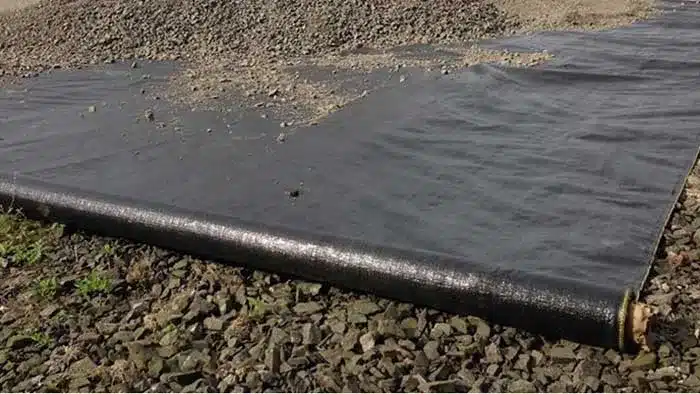
Key Steps for Ground Preparation:
- Soil Preparation: Remove rocks, debris, weeds, and existing vegetation to create a smooth, stable surface for the fabric.
- Soil Amendments: Add compost, fertilizers, or other improvements if planting will occur, ensuring nutrients are available for vegetation.
- Leveling: Grade the area to eliminate depressions or uneven spots where water could accumulate and worsen erosion.
- Optional Base Layer: On steep or highly erodible slopes, a thin layer of mulch, sand, or gravel can improve stability and promote proper water flow before laying the fabric.
Benefits: Proper preparation ensures the fabric:
- Stabilizes soil and prevents washout on slopes or embankments.
- Supports vegetation growth by allowing roots to anchor soil.
- Maintains water permeability so plants continue to receive nutrients.
- Reduces erosion effectively, especially when combined with mulch or coir mats on steeper or high-flow areas.
Do I put anything under landscape fabric?
Yes, proper preparation beneath the geotextile fabric is crucial for effective erosion control and plant growth. Key steps include:
- Soil preparation: Remove rocks, debris, weeds, and existing vegetation to create a smooth, stable surface for the fabric.
- Soil amendments: Incorporate compost, fertilizers, or other soil improvements if planting will occur, ensuring nutrients are available for vegetation.
- Leveling: Grade the area to eliminate depressions or uneven spots where water could accumulate and worsen erosion.
- Optional base layer: For highly erodible or steep slopes, a thin layer of mulch, sand, or gravel may be added to improve stability and water flow before placing the fabric.
Properly preparing the ground ensures the landscape or erosion control fabric functions optimally, stabilizing the soil, supporting plant growth, and reducing erosion effectively. For steep slopes or areas with heavy water flow, additional reinforcement such as coir mats or geotextiles may be necessary.
Erosion control fabric helps to maintain soil on a hillside by providing a layer where soil and mulch can rest without immediately washing away from embankment runoff. The goal of this fabric is to slow erosion on hillsides while planted vegetation can take root and naturally support the sloped areas.The geotextile fabric has great breathability and water permeability so that plants will still receive the nutrients they require.
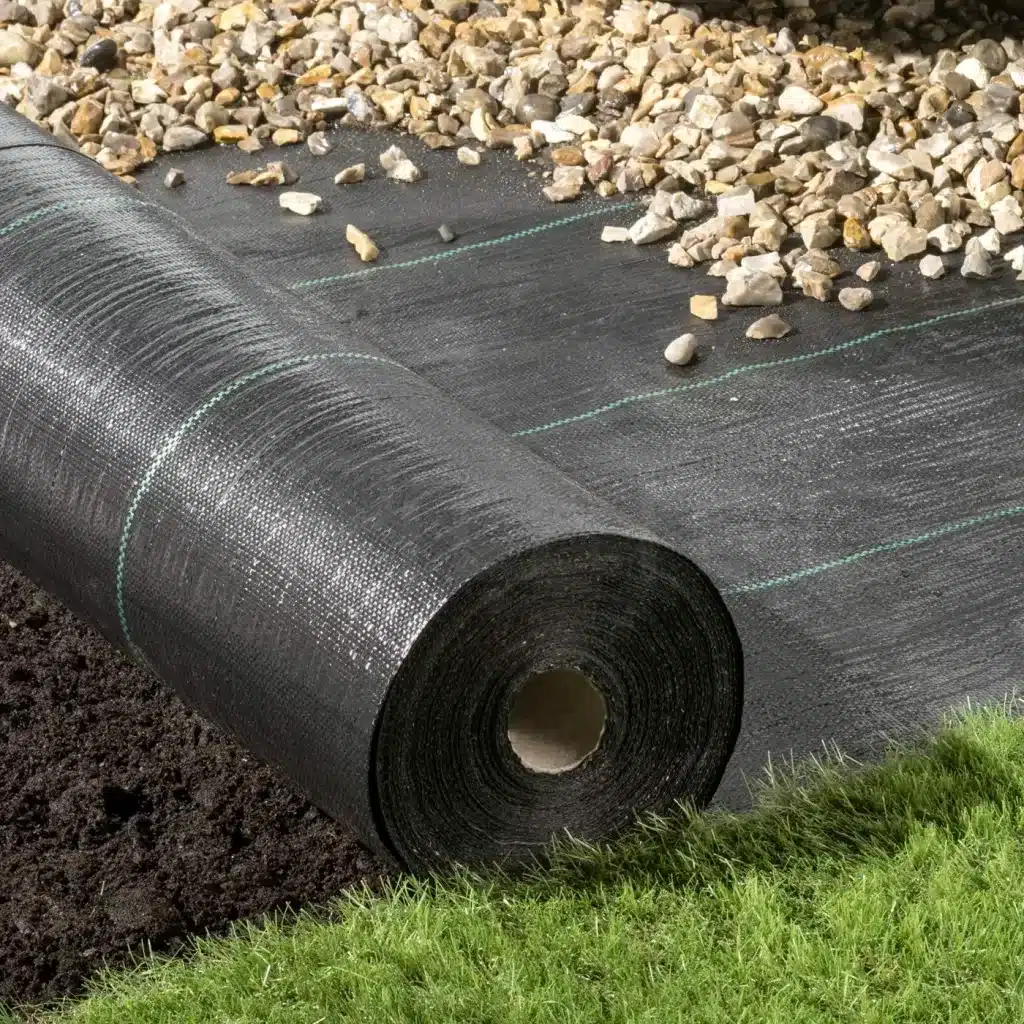
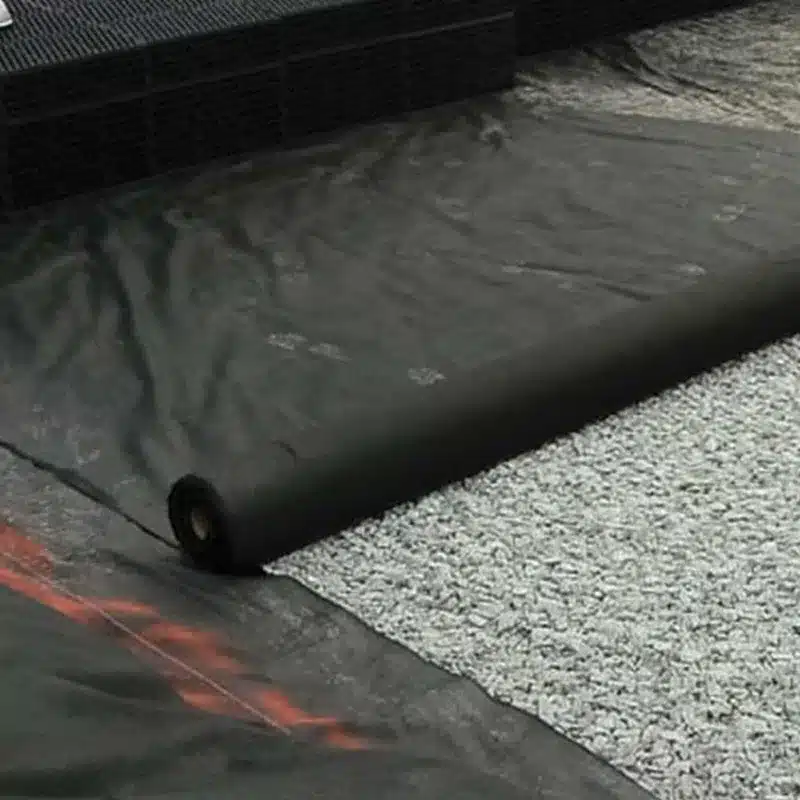
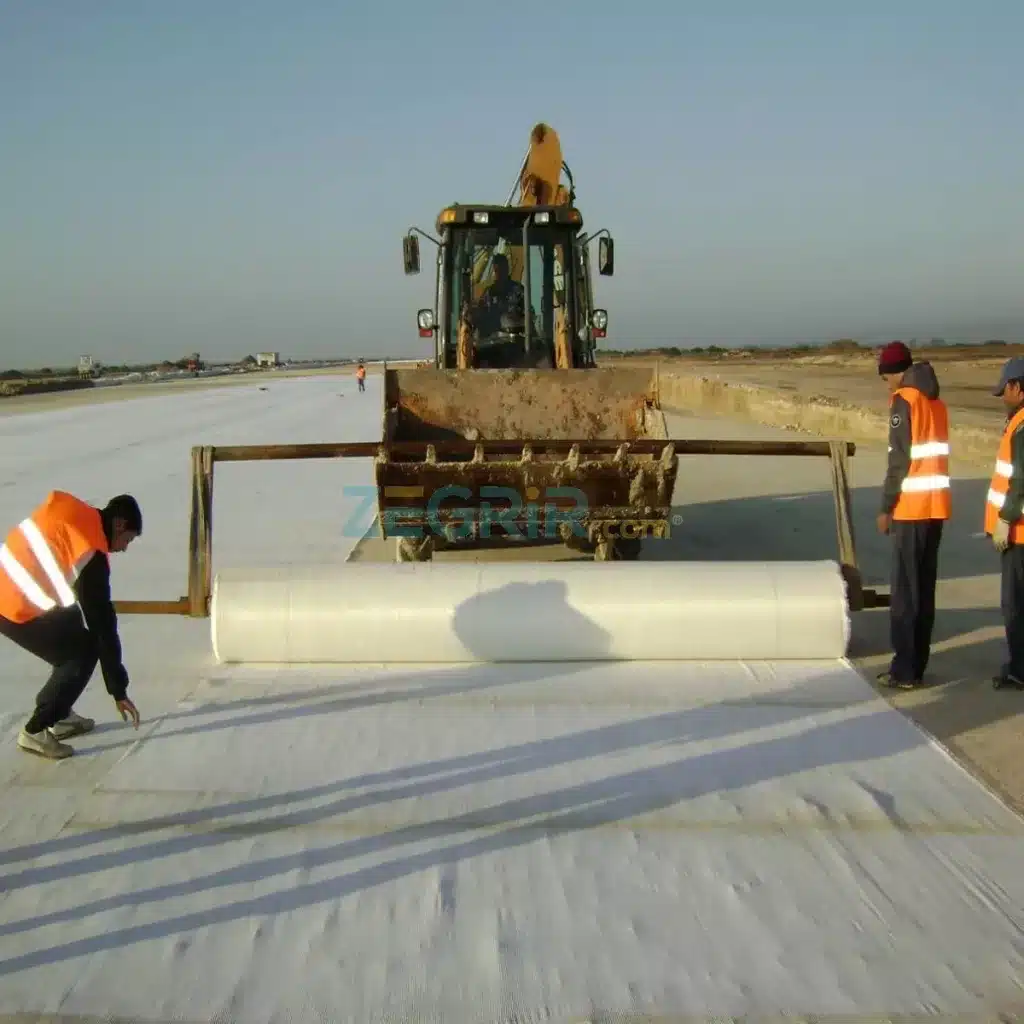
Get Free Sample
We’ll respond as soon as possible(within 12 hours)
